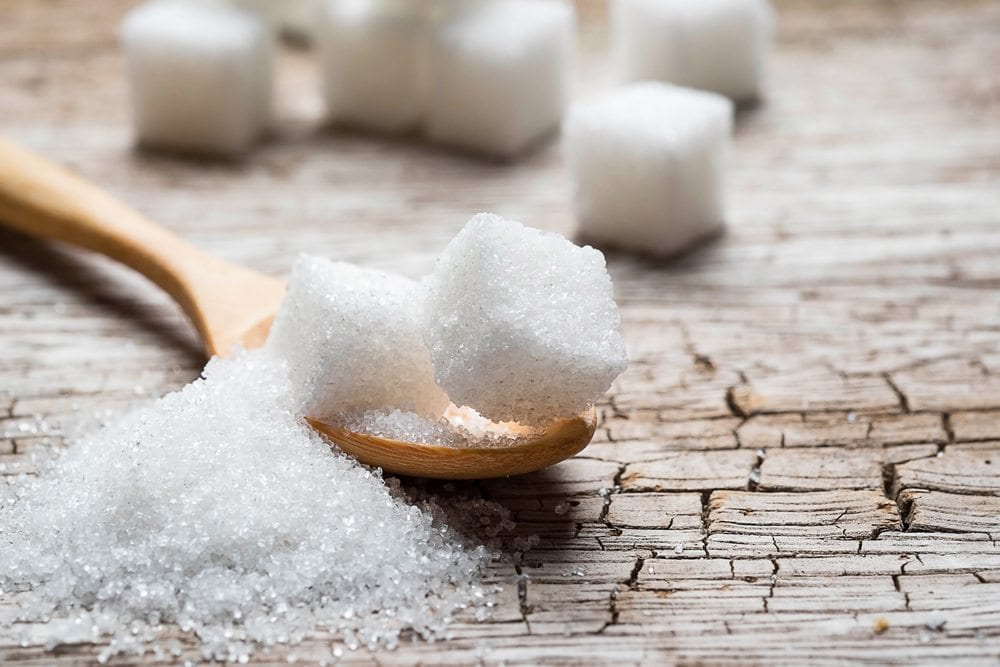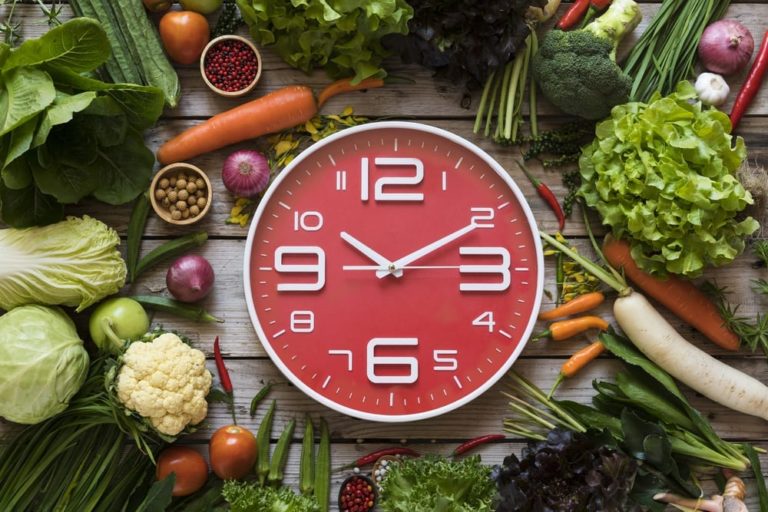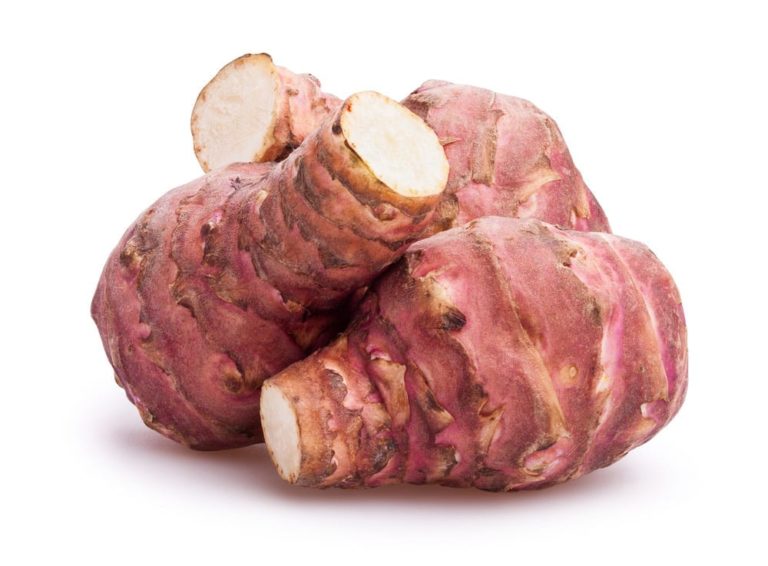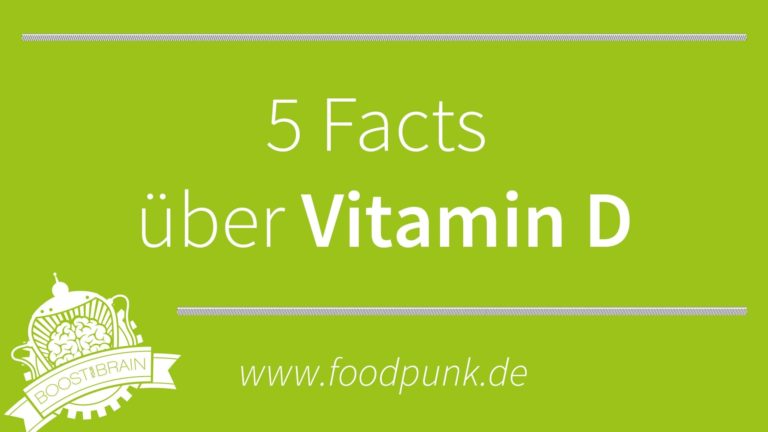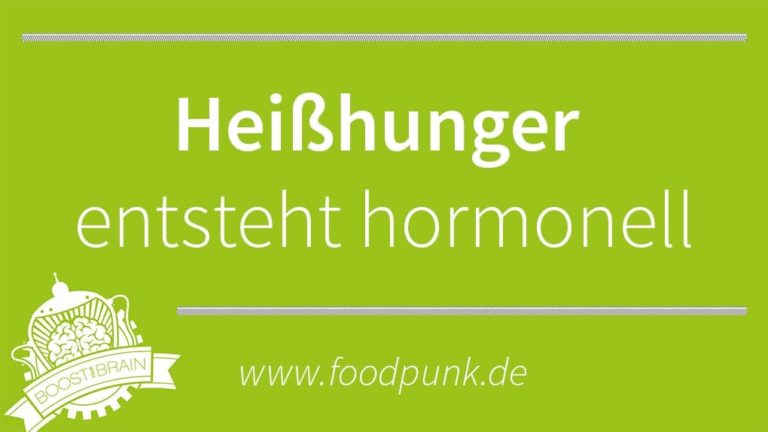Let’s be clear. Does our brain need carbohydrates now? Or not?
When you eat carbohydrate-rich meals and snacks 3-6 times a day, your brain’s neurons burn carbohydrates for energy. More precisely, they use a very specific representative of carbohydrates: glucose. Because the brain has enough glucose available, it doesn’t even consider looking at the other options. Because… “What the farmer does not know, he does not eat”.
1. it's all a matter of training
But if you train your fat metabolism, if you give up carbohydrates once quite consistently, then the brain is forced to look around for an alternative and to break old habits. After all, we are always stuck with our inner pig. Until we are really forced to change something. Then we often realize that it’s not that hard.
2. the brain gratefully accepts ketone bodies
Also for the brain the change is actually not so difficult: Already after 3 days without carbohydrate intake the burning of ketone bodies in the brain, the so-called ketolysis, is increased. The ketone bodies then cover about 25% of the brain’s energy needs. After 5-6 weeks, they already cover half. These studies were mostly performed on people who had fasted completely. When following a ketogenic diet, the change happens a little slower. Overall, we can say that the higher the concentration of ketone bodies in the blood, the more ketone bodies the brain draws on for energy.
3. special transporters in the blood-brain barrier
Not every molecule, not every substance can make a detour into the brain just like that. The brain is a very exclusive club. The blood-brain barrier ensures that only invited guests are granted entry. Okay, there are always a few foreign intruders. Fat-soluble substances such as alcohol or nicotine can – unfortunately – simply squeeze through between the cells. Ketone bodies, on the other hand, don’t squeeze through surreptitiously; they come down the red carpet right through the main entrance. This is because the blood-brain barrier has special transporters that specifically take up ketone bodies: The monocarboxylate transporter MCT (has nothing to do with MCT oil). This MCT can take up ketone bodies with about the same effectiveness as the glucose transporter GLUT-1 can take up glucose.
4. ketone bodies without giving up carbohydrates
You may have heard that our body can convert MCT oil (from middle chain triglycerides) to ketone bodies better than other fat. This is actually true, and MCT oil can create ketone bodies even in the presence of carbohydrates. In addition, there is now even the possibility of ingesting ketone bodies directly. Now you might think “great”, I just have a coffee with MCT oil every morning and eat my cheese sandwich. Why still give up carbohydrates? It’s not that simple. Because the brain must be slowly accustomed to absorb ketone bodies. The absorption capacity only increases with time.
Du möchtest dich auch gesünder ernähren?
The brain needs sugar. As long as it was never accustomed to use ketone bodies. As soon as the brain receives a regular supply of ketone bodies, it gratefully accepts them and uses more and more ketone bodies for energy production. It becomes independent of sugar. Extremely practical, because ketone bodies are created from fat and we always have that with us. So there is no more afternoon slump – the brain is optimally supplied around the clock. I don’t think a ketogenic diet is the optimal long-term solution for everyone. But it is worth exploring this path once.
And once again - this time in scientific German
If you count yourself among the science fans and Pubmed nerds: Here is the concentrated load of science gobbledygook and further reading. If that becomes too much for you: no problem! The most important things have already been said above.
Under normal conditions with regular food intake, brain neurons almost exclusively oxidize glucose for ATP production, and ketone bodies make very little contribution to energy supply. Only in a ketogenic metabolic state are ketone bodies increasingly used as energy sources. After only 3 days of fasting, ketolysis in the brain is increased so that ketone bodies provide about 25% of cerebral energy requirements (Hasselbalch SG et al., 1994).
In a 1967 study, catheterization of blood vessels of the brain of obese patients, measuring the arteriovenous difference of metabolites, showed that 3HB and AcAc were responsible for more than half of the cerebral oxygen consumption after 5- to 6-week fasting (Owen OE et al, 1967). Nowadays, such invasive human studies are mostly prohibited for ethical reasons. Therefore, for recent findings on the cerebral metabolism of ketone bodies, studies are mainly performed in rodents and sporadic human studies are performed using position emission tomography (PET) and radiolabeled AcAc or 3HB as tracers. More often, studies are performed on food restriction than on a ketogenic diet.
A PET study in five healthy men in which, after injection of
R-beta-[1-11C]hydroxybutyrate the time course of the tracer in the brain was studied, found a strong correlation between the utilization of 3HB in the brain and the plasma concentration of the ketone body (Blomqvist G et al., 1995). Transport of ketone bodies across the blood-brain barrier appears to be the rate-determining step (Blomqvist G et al., 2002). These findings fit with findings in experiments with mice (Pifferi F et al., 2011).
While ketone bodies enter other tissues via diffusion across cell membranes, their transport across the blood-brain barrier is mediated by monocarboxylate transporters (MCTs), which also transport pyruvate, lactate, and α-keto acids (Bouteldja N et al., 2014). There are 2 subtypes of MCT in the brain. MCT-1 in blood-brain barrier endothelial cells and MCT-2 in neurons and glial cells. The kM value of MCT is similar to the kM value of GLUT-1, which catalyzes glucose uptake into the brain.
The fact that ketone body concentration in the brain is higher with fasting than with acute ketone body infusion, despite comparable blood concentrations, indicates that although ketone bodies can always be taken up into the brain, the uptake capacity is inducible and reaches its full extent only after an adaptation period by prolonged fasting or long-term ketogenic diet (Bouteldja N et al., 2014). A distinctive feature of cerebral ketone body metabolism is that certain cells in the brain – astrocytes – may be capable of ketogenesis (Auestad N et al., 1991; Guzmán M and Blázquez C, 2001).
Always stay up to date with our Newsletter.
Literature sources:
Auestad N, Korsak RA, Morrow JW, Edmond J. 1991.
Fatty acid oxidation and ketogenesis by astrocytes in primary culture.
. J Neurochem, 56(4): 1376-1386.
Blomqvist G, Alvarsson M, Grill V, Heijne G von, Ingvar M, Thorell JO, Stone-Elander S, Widén L, Ekberg K. 2002. Effect of acute hyperketonemia on the cerebral uptake of ketone bodies in nondiabetic subjects and IDDM patients. Am J Physiol Endocrinol Metab, 283(1): E20-E28.
Blomqvist G, Thorell JO, Ingvar M, Grill V, Widén L, Stone-Elander S. 1995.
Use of R-beta-1-11C-hydroxybutyrate in PET Studies of Regional Cerebral Uptake of Ketone Bodies in Humans.
. Am J Physiol, 269(5): E948-E959.
Bouteldja N, Andersen LT, Møller N, Gormsen LC. 2014. Using Positron Emission Tomography to Study Human Ketone Body Metabolism a Review. Metabolism, 63(11): 1375-1384.
Guzmán M, Blázquez C. 2001.
Is there an astrocyte-neuron ketone body shuttle.
. Trends Endocrinol Metabol, 12(4): 169-173.
Hasselbalch SG, Knudsen GM, Jakobsen J, Hageman LP, Holm S, Paulson OB. 1994. Brain metabolism during short-term starvation in humans. J Cereb Blood Flow Metab, 14(1): 125-131.
Owen OE, Morgan AP, Kemp HG, Sullivan JM, Herrera MG, Cahill GF. 1967. Brain Metabolism during Fasting. J Clin Invest, 46(10): 1589-1595.
Pifferi F, Tremblay S, Croteau E, Fortier M, Tremblay-Mercier J, Lecomte R, Cunnane SC. 2011. Mild Experimental Ketosis Increases Brain Uptake of 11C-Acetoacetate and 18F-Fluorodeoxyglucose a Dual-Tracer PET Imaging Study in Rats. Nutr Neurosci, 14(2): 51-58.
